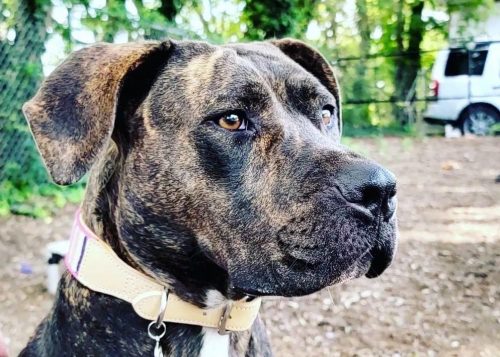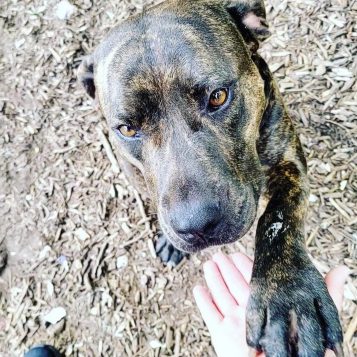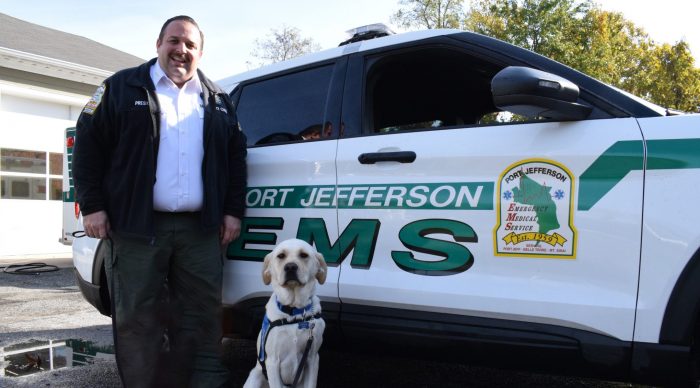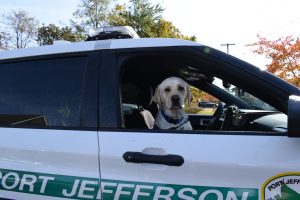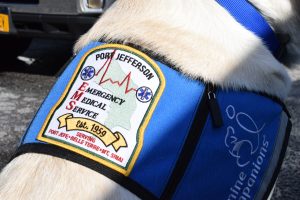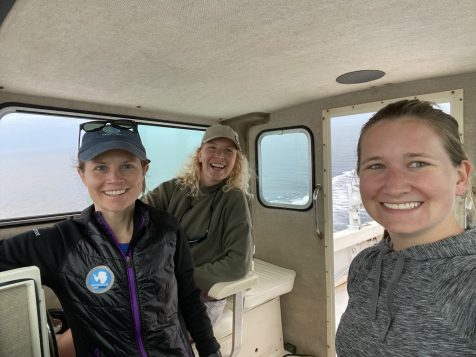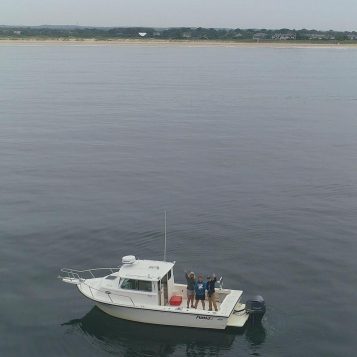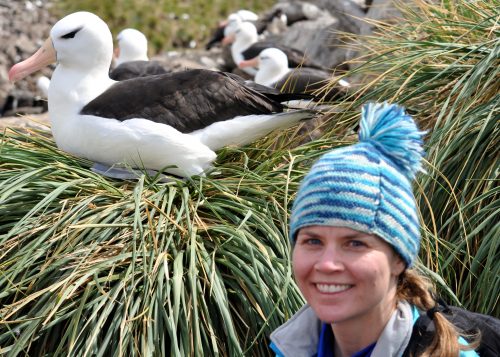By Daniel Dunaief
Long-finned pilot whales can’t stand the heat, so they are heading north.
Amid increases in ocean temperatures caused by global warming, long-finned pilot whales have moved the center of their range to the north, according to a 25-year study Lesley Thorne, Assistant Professor in the School of Marine and Atmospheric Sciences at Stony Brook University and Janet Nye, Associate Professor at the University of North Carolina Institute of Marine Sciences and Adjunct Professor of SoMAS, recently published in the journal Scientific Reports.
What’s more, these whales are swimming farther north despite the fact that some of their prey, including fish and invertebrates such as squid, aren’t shifting as far north, while others are moving into deeper offshore waters.
That could have broad ecological consequences for both regions, as whales may head towards areas to compete against other predators for the same prey, while some fish populations in deeper waters offshore may increase, putting pressure on the creatures that live in those areas.
“We know that different species are responding in different ways to climate change,” Thorne said. “That will impact all the dynamics” including food webs and competition.
Climate change may change the predator-prey dynamics in unexpected ways, Nye explained in an email. “We know that it would be wrong to assume that all species would shift at the same rate in response to changing environmental patterns, but this is one of a growing number of papers to illustrate that the rate at which individual species” in different feeding groups changes can be different, which alters the way ecosystems function.
Nye explained that researchers don’t yet have a good sense of how such mismatches would affect productivity of fisheries or the ecosystem as a whole, but they are “working on answering those questions with food web models and climate models.”
To be sure, Thorne indicated that the researchers would need considerably more data to validate any ecological conclusions, as they only looked at one species of whale and four main prey species.
“Understanding the specifics of the broader implications for a location would require looking at a range of important predator and prey species and assessing how the strength of interactions” might be affected by their responses to climate change, she said.
According to Thorne, this study and others suggested that species characteristics such as body size, mobility, thermoregulatory strategy and longitudinal range, in addition to the speed of change in the climate, can help predict the responses of marine species to climate change.
Whales such as the long-finned pilot whale examined in this study are challenging to observe because they have wide geographic ranges, could be difficult to track, and spend most of their time underwater, where they are difficult to see or track.
Additionally, even people with considerable maritime experience sometimes have difficulty differentiating between the long finned pilot whale and the short finned pilot whale, which are different species.
To address the central range of these long-finned pilot whales, Thorne and Nye used two data points: strandings, when whales strand on land, and bycatches, when people catching other fish with bottom trawls also bring up these whales in their nets.
Bycatches occur in part because pilot whales and other cetaceans depredate fishing gear, removing fish from fishing lines or trawls, which presents an easier meal than searching for food themselves. These whales, however, sometimes get caught in the nets themselves.
People in the fisheries business sometimes use acoustic deterrents to keep the whales away. These efforts, however, can backfire, as the whales hear these sounds as something akin to a dinner bell and head for nets that could inadvertently trap them.
Strandings data is useful for looking at trends in the distribution of cetaceans because networks provide standardized observations throughout the coastline, dating back for decades.
Thorne is in the process of looking at strandings data more broadly. Her team is also looking at strandings of odontocete, or toothed whale, species along the east coast of the United States more broadly. She will also examine whether short-finned pilot whales, which are adapted to warmer waters, show similar trends.
“We are already examining the strandings data and testing our hypothesis that fish species may be shifting both horizontally (latitudinally or north-south) and/or shifting vertically (in depth),” Nye wrote. “I suspect that are doing a bit of both.”
Strandings represented about two thirds of the data in this study, while bycatch constituted the rest.
The shift in the central range represents a fairly dramatic geographic change in the center of the whale range and was considerably higher than that observed for their prey species.
Nye, who worked at Stony Brook from 2012 to 2020, said she was “shocked” that pilot whales were shifting much faster than the fish species, mostly because she knows how much the distribution of many species has changed over the last half century in the northeastern United States.
Whales are heading in the opposite direction that Thorne took in her career path. Thorne grew up in Kingston, Ontario and did her undergraduate work at the University of Guelph. She earned her PhD from Duke University and started as a lecturer at Stony Brook and was offered a tenure track position three years later.
During college. Thorne spent three years at the Huntsman Marine Science Center on the Bay of Fundy. Seeing the impact of the tides in the bay and taking field courses was “amazing,” she said. She first started working with whales at a research station on Grand Manan Island in the Bay of Fundy in future years.
Married to Bernd Distler, who is a surface materials engineer, Thorne and her husband have a four-year- old daughter Annika and two-year- old daughter Franka.
As for what her work tells her about the changing world, Thorne said it was sobering to see first hand the rapid changes in temperature occurring in the Northeast and, specifically, in New York.
This kind of study, along with others that highlight the increases in temperature, should be “more than enough information” to encourage action, she said.
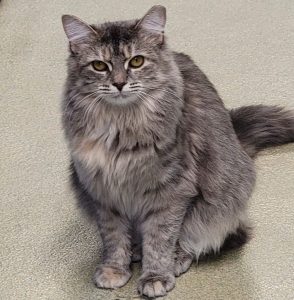

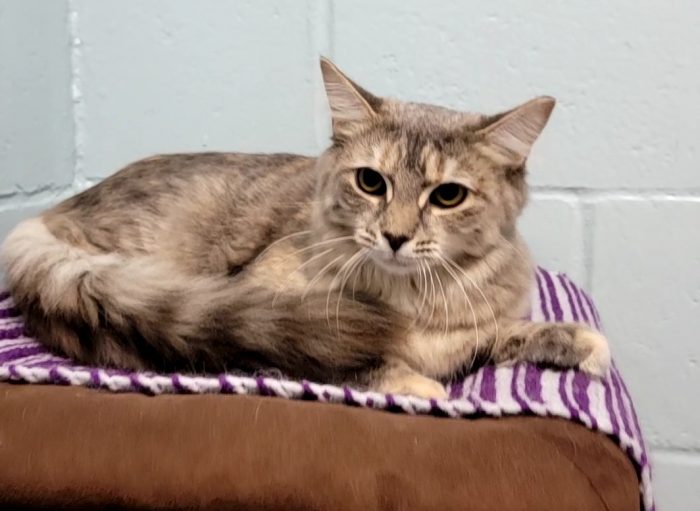
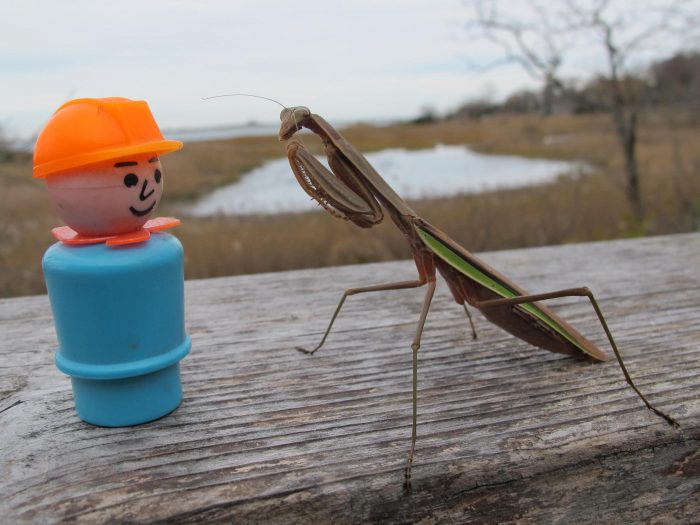


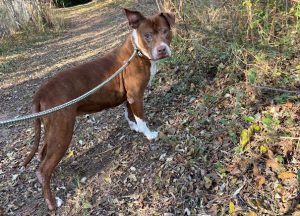

 The symptoms of FLS are lethargy, inappetence, increased drinking and increased urination. Bloodwork shows elevated kidney enzymes, acid-base and electrolyte imbalances, and glucose in the urine despite having a normal to below normal blood glucose. Your dog may need to be admitted for supportive care (IV fluids, injectable medications, etc) to initially treat the disease. Your veterinarian may wish to run other tests for other causes of Fanconi Syndrome such as genetic predisposition, infections, and medications.
The symptoms of FLS are lethargy, inappetence, increased drinking and increased urination. Bloodwork shows elevated kidney enzymes, acid-base and electrolyte imbalances, and glucose in the urine despite having a normal to below normal blood glucose. Your dog may need to be admitted for supportive care (IV fluids, injectable medications, etc) to initially treat the disease. Your veterinarian may wish to run other tests for other causes of Fanconi Syndrome such as genetic predisposition, infections, and medications.